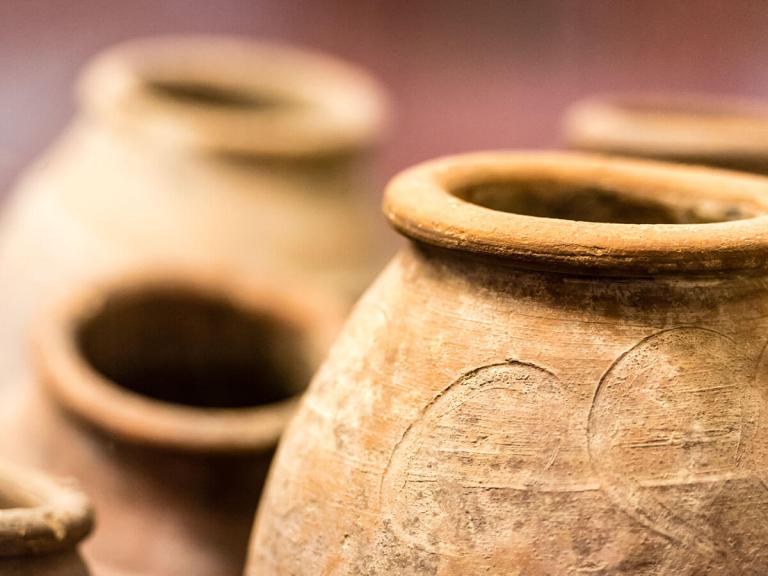
The Israel Antiquities Authority released a statement unveiling the discovery of 3300-year-old vessels. The vessels were discovered in a cave at the Palmahim Beach National Park on September 13 when a mechanical digger broke through the roof of the cave. With a date of about 3300 years old, the pottery is estimated to be from the Late Bronze Age of the Egyptian Dynasty, putting the find around the time of Pharaoh Ramses II. Dr. Eli Yannai, the Bronze Age expert at the Israel Antiquities Authority called the find “once-in-a-lifetime,” and was thrilled by how untouched the cave was. “The fact that the cave was sealed, and not looted in later periods,” he said, “will allow us the employ the modern scientific methods available today, to retrieve much information from the artifacts and from the residues extant on the vessels, for example, organic remains that are not visible to the naked eye.” The find was compared to an “Indiana Jones” set.
Archaeologists use these types of finds to learn more about social and economic habits of the people who left them behind. Dr. Yannai said, “These economic and social processes are reflected in the burial cave that contains pottery vessels imported from Cyprus and from Ugarit on the northern Syrian coast, as well as from nearby coastal towns, including Yafo [Jaffa], Ashdod, Ashkelon, Gaza and Tel Ajjul, clearly showing that the population of Yavneh-Yam [Palmahim Beach], played an integral part in the lively trading activity that took place along the coast.” The vessels are a mixture of pottery bowls and chalices, as well as storage jars.
In dating these vessels around the time of Ramses II, this puts them around the popular time attributed to Moses. Ramses II has often been featured as the pharaoh during the time of the Exodus, although that view has fallen out of favor with most historians nowadays. Presently, the two main theories of Mosaic timeline place the Exodus somewhere either around 1446 BC (the “early” date) and 1225 BC (the “late” date). Because Egyptian historical records are often erratic and unreliable, some historians have even pushed for condensing the Egyptian timeline by hundreds of years.
No theory is perfect, but archeology has uncovered many interesting artifacts that link to the Biblical historical record. The Ipuwer Papyrus at the Leiden Museum in Holland details a time of chaos in Egypt, saying, “Plague stalks through the land and blood is everywhere … . Nay, but the river is blood. Does a man drink from it? As a human he rejects it. He thirsts for water … . Nay, but gates, columns and walls are consumed with fire … . Nay but men are few. He that lays his brother in the ground is everywhere…” Many Biblical scholars consider this a reference to the Ten Plagues of Egypt. There have been other finds as well that confirm the historical authenticity of the Bible and, as Dr. Yannai asserted, this latest find is just another opportunity to make the world of the Bible come alive.


